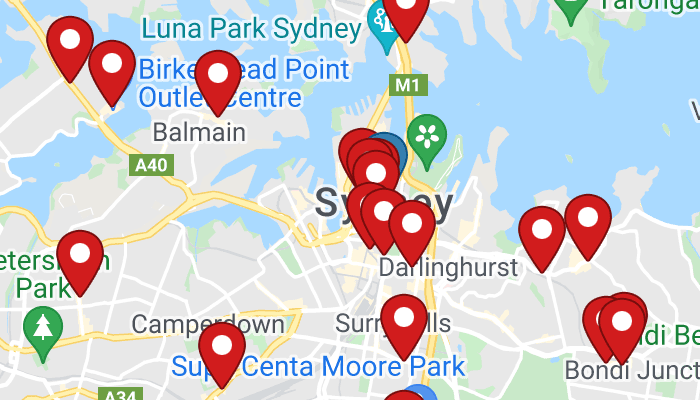Our standards
Toxicological risk assessment
The flavourings typically used in Nicotine Vaping Products (NVPs) are food-suitable extracts that are deemed as GRAS (Generally Recognised As Safe) by a relevant regulatory authority, for example, the U.S. FDA, or the European Food Safety Authority. In Australia, food additives are regulated by the Australia New Zealand Food Standards Code. Compounds recognised as GRAS have been assessed for ingestion, not inhalation.
To increase the quality of inhaled ingredients, these flavour ingredients should meet European Pharmacopeia (Ph. Eur.) or United States Pharmacopeia (USP) standards, when available; where those standards have not been established, the ingredients should meet Australian, European or US food grade standards.
In addition to the Pharmacopeia quality attributes, flavours can be manufactured from molecularly defined ingredients (single chemical constituents) that are compounded into flavour concentrates. This allows all compounds to be characterised at the molecular level for physicochemical characteristics and potential toxicological hazards. Flavour ingredients can then be evaluated with a Toxicological Risk Assessment (TRA) to determine the potential human health risk of each constituent from inhalation exposure.
A TRA is a systematic process for identifying potential health hazards, determining the levels at which those hazards might occur (dose-response), and comparing those levels with the anticipated user-exposure to quantify the potential health risk for critical health endpoints. TRAs must be carried out by suitably qualified professionals capable of evaluating the potential local and systemic effects of an exposure.
When seeking the current gold standard for aerosol safety, prescribed NVPs should be limited to those that have been manufactured from molecularly defined ingredients and validated via a TRA.
All Liber products are validated via a Toxicological Risk Assessment.

Find your nearest stockist
Over 1,000 community pharmacies across Australia currently hold nicotine vaping products in-store.


